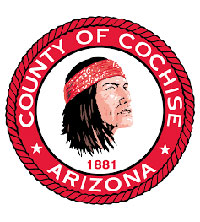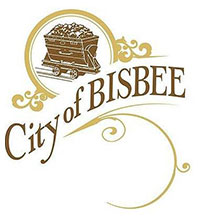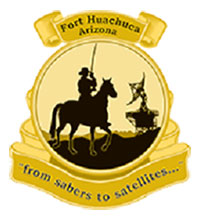It’s no coincidence that human civilizations and wildlife have chosen to live along the San Pedro River for many thousands of years. The fossil remains of great woolly mammoths still lie only a few feet beneath the ground near the river, as do artifacts from the Clovis civilization that hunted them as recently as 11,000 years ago.
Many cultures have come and gone, and the wildlife we see today along the river are very different. But the precious water of the San Pedro River and its lush streamside habitats continue to offer food and shelter for birds, fish, and mammals and shady trails for birdwatchers, hikers, and horseback riders in the otherwise arid environment.
In 1988, Congress designated the San Pedro Riparian National Conservation Area (SPRNCA) as the nation’s first Riparian National Conservation Area along 43 miles of the river to protect these natural and cultural resources. However, the demands for the water that sustains all life in the region have become increasingly challenging to meet, especially during periods of prolonged drought.
The Cochise Conservation and Recharge Network (CCRN) is a collaborative partnership established to implement tangible water management projects that will increase water availability to meet current and future water demands in the region. Local and federal partners have joined forces to develop innovative projects that provide a resilient water supply for people and nature along the San Pedro River. These projects are designed to work together to help sustain San Pedro River flows and the groundwater on which our local communities and the river depend. Take a virtual tour of the project sites alongside 25 miles of the San Pedro River in Cochise County, Arizona.
CCRN consists of eight sites and/or projects on 6,344 acres along 25 miles of the Upper San Pedro River, as shown on the Site Location Map. Each site has been selected for its potential to recharge and/or conserve water to benefit the river. Additional sites that are capable of enhancing the mission of the CCRN may also complement this network and be promoted by the CCRN in the future.
Mission and Goals
The mission of the CCRN is to implement a regional network of land and water management projects that result in a healthy watershed, flowing San Pedro River, conservation of water resources, and a vibrant local economy. CCRN was originally formed in 2015 by the City of Sierra Vista, Cochise County, Hereford Natural Resource Conservation District, and The Nature Conservancy. The City of Bisbee joined in 2016, Fort Huachuca joined in 2021, and the Bureau of Land Management joined in 2022.
The CCRN Road Map, the plan for implementing the CCRN, has specific goals for developing and maintaining projects. The Road Map covers a 5-year period and is reviewed annually to create project-specific work plans for the coming year. The current goals are articulated in the 5-Year Road Map for 2025-2030.
Goal 1:
Continue to operate and monitor all network projects, maintain all sites, and restore key areas of project sites for improved watershed health
Goal 2:
Complete construction of 3 new recharge projects: Coyote Wash Stormwater Management, Riverstone Effluent Recharge, and Bisbee Effluent Recharge Projects
Goal 3:
Identify and pursue opportunities to expand the network and implement additional near-stream projects adjacent to SPRNCA within the Sierra Vista and Benson sub-watersheds that are consistent with CCRN’s mission
Goal 4:
Collaborate with partners and communicate the CCRN’s cooperative and resultsoriented approach to regional water management.
CCRN Activities Timeline











